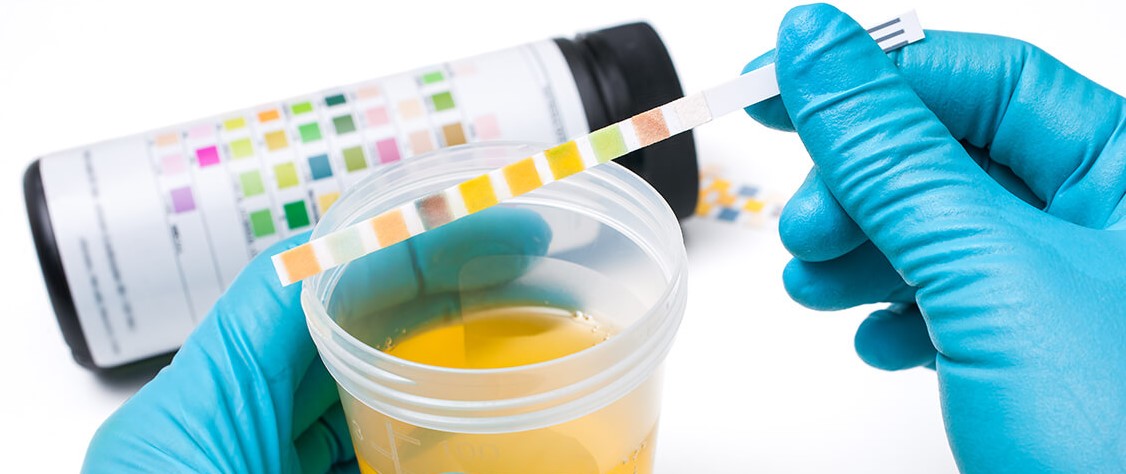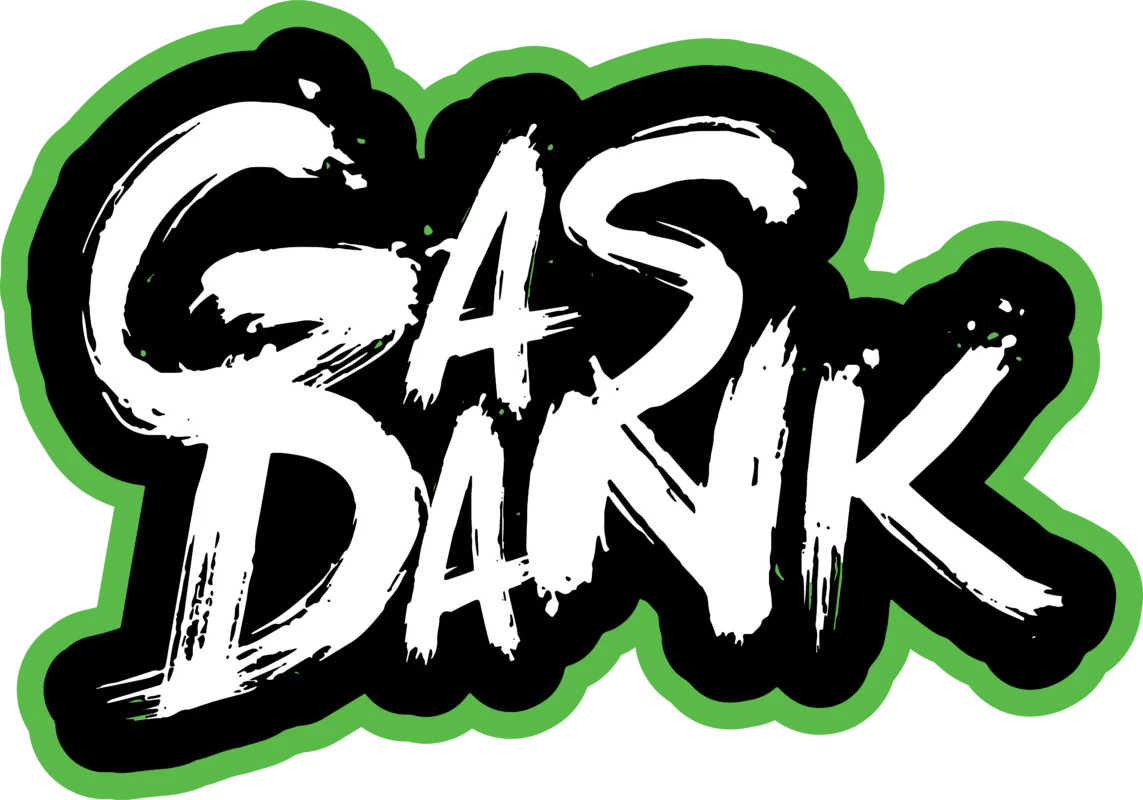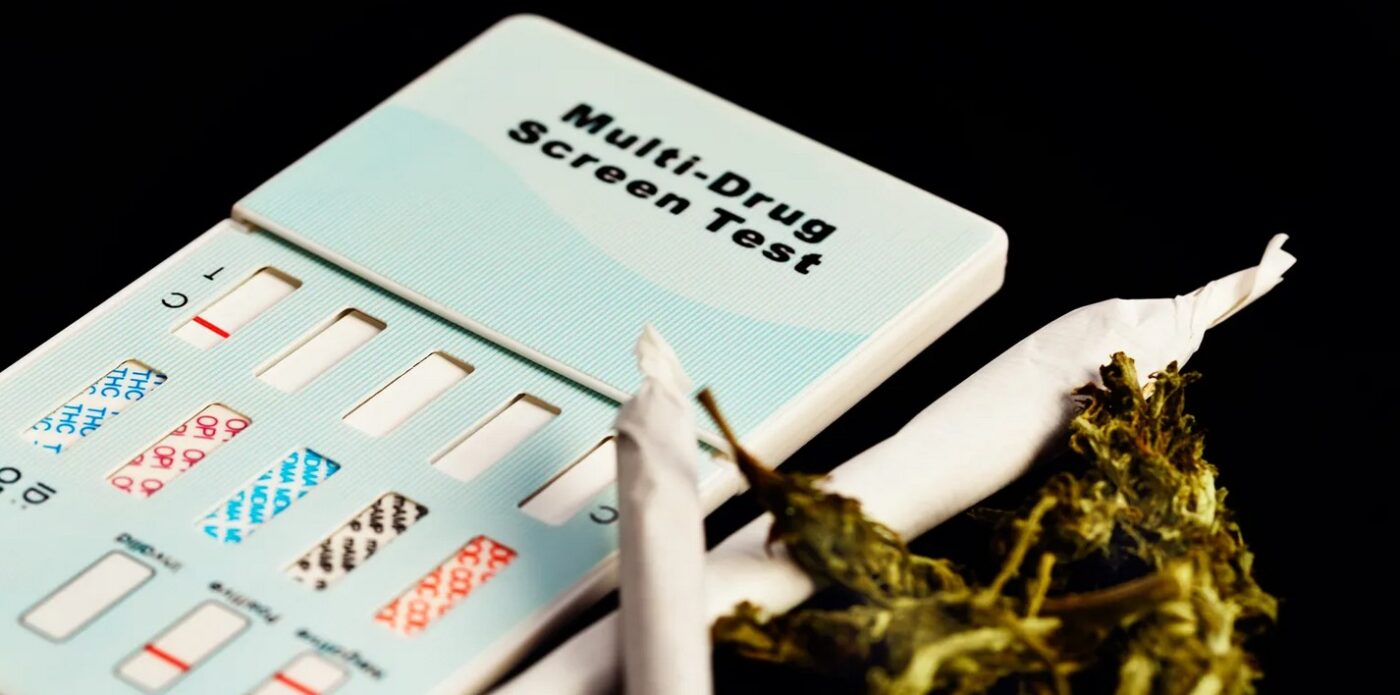Uncategorized
15 Panel vs. 10 Panel vs. 5 Panel Drug Tests
Based on the CDC’s research, an incredible 48 million Americans – or 18% of our population – consume cannabis each year. Many states are now acknowledging this activity by introducing medical marijuana programs and allowing adults over 21 to legally partake in adult-use consumption.
In principle, this is an advantage for employees as it allows them the liberty to do whatever they desire when not at work. This is especially beneficial for those who utilize marijuana therapeutically and medically.
Despite the changing attitudes, many companies still do not look kindly on marijuana usage, regardless of whether it is done during working hours or off-duty. This is why employers carry out drug tests at work to check for any substance use. It could either happen before hiring you or when you are already employed in the company.
When it comes to workplace drug testing, most businesses opt for a urine test due to its cost-effectiveness and efficiency. However, few are aware that ‘panel tests’ can be used in varying levels of complexity, depending on the needs of your business. In this article, we’ll explore 5-panel, 10-panel and 15-panel drug tests – as well as what you should expect during a typical screening process.
State Laws Don’t Always Protect Marijuana Users
Remember, marijuana remains illegal under federal U.S law and states can either choose to permit or prohibit the plant. Additionally, they are able to establish regulations pertaining to cannabis use in their workplaces as well. Though many states have increased protections for those who prefer marijuana usage, others still make it difficult for them when using this drug.
The Maine Labor Department recently announced that cannabis is no longer part of the substances companies can use for employee testing. This means people are now able to engage in recreational marijuana usage without worrying about repercussions from their employers. Testing positive for marijuana will not be seen as a sign of being impaired on the job, giving employees assurance and peace of mind when it comes to outside activities during non-work hours.
In stark contrast, other states such as California operate under regulations that are anything but favorable to employees. Even though recreational cannabis use is legal in the state, pre-employment drug tests still have the potential of denying applicants if they test positive for THC metabolites.
The regulations on cannabis use are quite distinct from state to state, and it is unclear if workers receive any protection in the case of a positive drug test.
Although recreational marijuana use is authorized in California, employers still retain the right to systemize drug tests on some people. The assessments should be “fair and consistent,” but this can leave wide open room for interpretation. Consequently, companies are allowed a considerable amount of autonomy with regards to implementing these types of examinations.
If you have been terminated from your job due to marijuana use, depending on the state in which you live, it may be possible for you to fight your case. Therefore, before proceeding further with any action against an employer who has dismissed you based on a positive cannabis test result, ensure that both federal and local laws are clearly understood – this will help determine whether or not employees such as yourself have protection under those laws regarding MMJ usage.
If you’re interested in learning more about the three primary types of drug tests, keep reading! Most of this discussion will focus on urine testing.
What Is a 5-Panel Drug Test?
The most popular workplace drug test is called the 5-panel, which tests for five distinct drugs. This screening process is cost-effective and simple to administer; additionally, it covers all the main illicit substances employers are worried about. A comprehensive name for this type of examination would be ‘5 panel drug testing’ because it reveals how many medications are being tested in one go.
5-Panel Drug Test: What Drugs Does It Screen?
This five-panel drug test evaluates for the presence of the following substances:
- Marijuana: Urine analyses detect marijuana usage by measuring the amount of THC metabolites in an individual’s system. When consumed, cannabis breaks down into its metabolite form which is known as THC-COOH – this is what drug testers are searching for when screening a sample.
- Cocaine: According to the Controlled Substances Act, cocaine is presently a Schedule II controlled substance.
- Amphetamines: Amphetamines are often found in pill form, which can be crushed and snorted through the nostrils. These stimulants may also appear as prescription drugs such as Ritalin. Furthermore, illegal substances like methamphetamine or crystal meth fall into this same category of amphetamine-based medicines.
- Opiates: Derived from the poppy plant, opioids like codeine and morphine can be discovered via a 5-panel test. Additionally, these substances are often used in illegal drugs such as heroin.
- Phencyclidine: Phencyclidine, more commonly known as PCP, is available in both liquid and powdered forms.
Employers often turn to 5-panel drug tests due to their straightforward process, cost-effectiveness, and ability to identify the most used drugs.
What Is a 10-Panel Drug Test?
A standard 5-panel drug test is often used in most employment sectors, but certain roles like those concerning public safety demand a more comprehensive screening. A 10-panel drug test includes all five substances tested for in the original version – plus an extra five substances – to make sure that individuals entering these important positions are not exposed to any of the adverse effects caused by drugs or alcohol. Those who may be subject to this kind of testing include medical professionals, police officers and federal/local government employees.
Should you identify with any of the groups mentioned, employers are legally permitted to ask you take a drug test. Refusal could detrimentally affect your current and future job opportunities.
Employers may order a 10-panel test when they have reasonable suspicion that an employee is using illegal drugs, based on observable signs and symptoms. Furthermore, employees are generally subject to drug testing upon returning from substance abuse treatment leave in the workplace. Pre-employment screening as well random tests may also be conducted by employers to prevent drug use in the workplace.

10-Panel Drug Test: What Drugs Does It Screen?
The 10-panel drug test not only detects the five substances found in the 5-panel version but also searches for:
- Barbiturates
- Propoxyphene
- Methaqualone (also called Quaaludes)
- Benzodiazepines (including Xanax, Prozac, Lorazepam, Valium)
- Methadone
The 10-panel test is important in the United States due to its ability to detect the improper utilization of commonly abused drugs.
What Is a 15-Panel Drug Test?
This exclusive 15-panel drug test offers an extra layer of security over the 10-panel version, screening for five additional drugs. Generally utilized in careers requiring elevated qualifications, this assessment is quite uncommon.
15-Panel Drug Test: What Drugs Does It Screen?
The additional substances that a 15-panel test can detect are:
- Buprenorphine
- Oxycodone
- MDMA
- Meperidine
- Tramadol
What Happens During a Drug Test?
To remain prepared and avoid surprises, it is essential to be aware of the drug testing laws in your state. A urine test can be an easy process that may possibly happen without warning or prior notice. Keeping up with these regulations will help ensure you are always ready for any unanticipated drug screenings.
You can take the test at your job, a testing facility, or a medical clinic. A trained technician will be there to provide you with instructions and perform the procedure. All that is required from you is a urine sample in the cup provided by them.
A lot of people try to cheat on drug tests. They feel it is unfair to be tested for marijuana use when they often aren’t doing anything illegal on a state level. There are many ways to cheat on a test, but don’t think technicians are easily fooled!
There are often measures in place to prevent cheating, such as:
- Patting you down to make sure you aren’t taking a fake sample into the stall
- Inspecting the site before you provide your sample and again before collecting it
- Turning off tap water and securing water sources
- Dying the toilet water blue to prevent dilution of the sample
- Measuring the temperature of the sample after you have provided it
Attempting to cheat a test is much more trouble than it’s worth. After giving your sample, make sure you give the tub back to the technician for processing.
Drug Detection Windows
Predicting the window of detection for various drugs can be a difficult task, as it is contingent upon various elements such as an individual’s metabolism and dose consumed. Once ingested, the length each drug remains in one’s system varies from person to person; however, other factors like type of sample and specific medication also play a considerable role.
Consequently, the 10-panel drug test only permits an approximate prediction for how long a substance will be detectable.
- Amphetamines: 1-2 days
- Barbiturates: 2-15 days
- Benzodiazepines: 2-10 days
- Cocaine: 2-4 days
- Marijuana: 3-35 days
- Methadone: 2-7 days
- Methaqualone: 10-15 days
- Opioids: 1-4 days
- Phencyclidine: 2-8 days
- Propoxyphene: up to 2 days
How to Read a Drug Test
Following that, the sample is sent to a laboratory for an immunoassay screening. It’s convenient and precise since test strips armed with antibodies are used to identify any drug residue present. However, be aware that not all tests look for every type of drug. If you take MDMA but your employer only requests either a 5-panel or 10-panel test then there won’t be any evidence of you using this specific substance in the results.
If you test positively, it means that a specific substance was found in your system and unfortunately, you will have failed the evaluation. Here is an overview of each positive result:
- True positive: The analysis correctly identifies the use of substances.
- False-positive: A testing error leads to a positive, even though substances were not used.
- True positive, but with medically acceptable documentation: Based on where you reside, some businesses accept medical prescriptions as a valid excuse if something appears in the test results. Usually, this is for opioids but may potentially include marijuana in certain states.
In the event that your test results are inconclusive or invalid, it does not mean you have automatically failed. Your employer may require a second round of testing to determine if any further action is needed.
If any of the above indications are present in the testing, a gas chromatography/mass spectrometry (GC/MS) test must be conducted for confirmation. Metabolites are detected through this extremely accurate procedure; if you fail to pass it, then an MRO is tasked with determining if there were any faults during the process — should you contest your results.
Don’t feel overwhelmed if you receive a false positive – there are measures that can be taken to demonstrate your innocence. With the right action plan, and with all possible resources at hand, justice will prevail!
Don’t let the fear of a false positive keep you up at night. You can build your defense and protect yourself from any undesirable outcomes if it happens to be an incorrect result. If your test results come back negative or there’s a legitimate reason for why it came out as positive (such as taking prescription medication under doctor supervision), then worry not! Repercussions are non-existent when faced with these two scenarios, so rest assured.
Limitations of Drug Testing
Drug testing has been unable to answer the question of whether an individual was under the influence while on-the-clock, resulting in a barrage of court proceedings primarily focused around cannabis consumption. As it stands now, there is no clear cut law deciding these cases and thus their outcomes are highly unpredictable – some people win and others do not.
Another issue is that 5-panel, 10-panel, and 15-panel drug tests are limited in their scope of detecting all drugs an employee may be taking. For instance, even a 15-panel test cannot detect the usage of LSD, magic mushrooms, peyote or mescaline.
Final Thoughts
Drug testing can be a source of immense anxiety for many US citizens, particularly in states where marijuana is legally accessible. It’s disheartening that individuals can face repercussions or even dismissal from their job due to partaking in the herb recreationally.
Staying apprised of the laws in your state and being prepared to defend yourself are key strategies for drug testing. Additionally, equiping yourself with knowledge about these tests is essential as well.
To guarantee a successful drug test result, the only viable approach is to be honest and to abstain from usage prior to testing.



